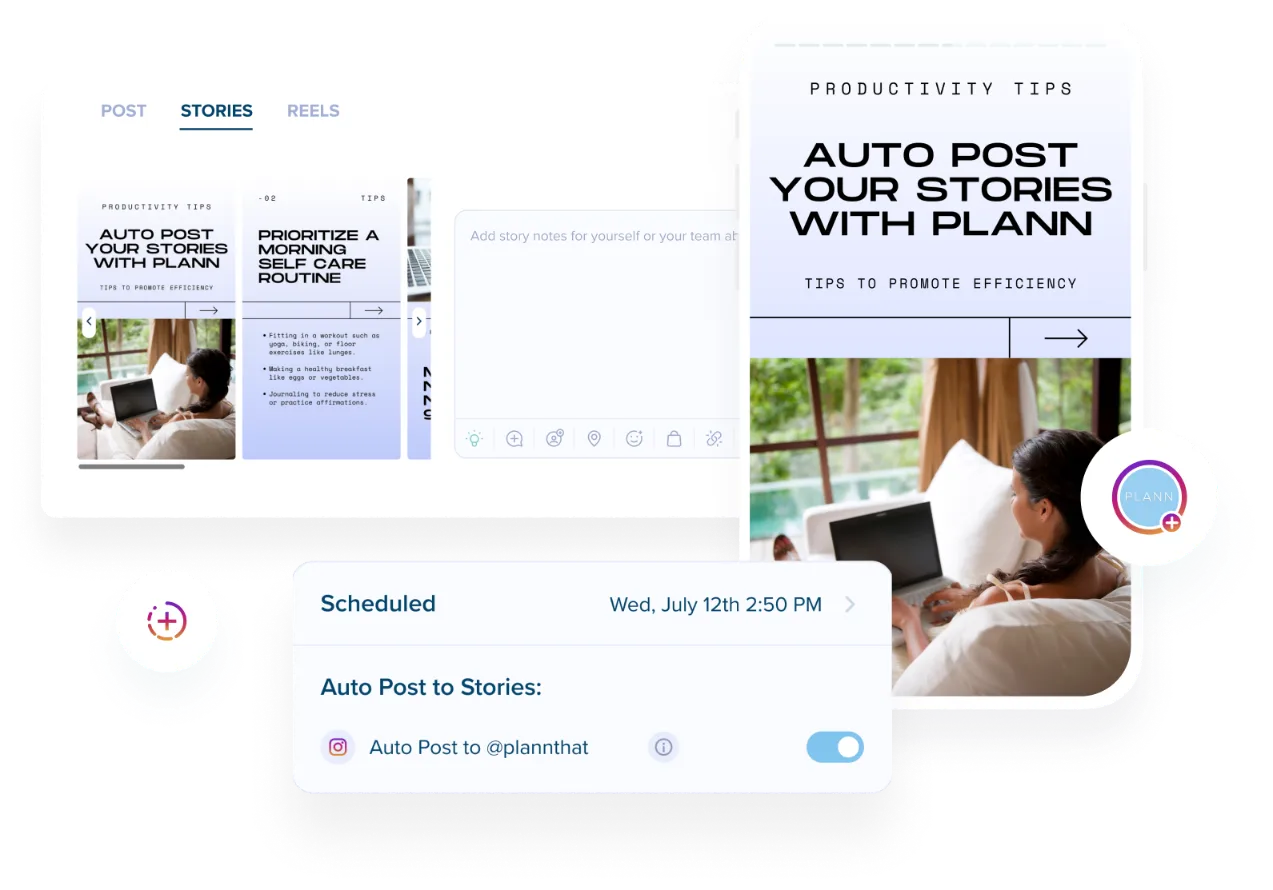Practical exercises for crafting compelling client story posts include breaking down the story into clear parts, focusing on emotional connection, using visuals and data, and tailoring calls to action. Key exercises involve:
-
Story-Driven Carousel Posts: Create a multi-slide post that breaks the client story into segments:
- Slide 1: Present the client’s problem with an attention-grabbing headline.
- Slides 2–4: Describe the process or solution step-by-step.
- Final slide: Show the result with data, client quotes, or both, ending with a targeted call to action (e.g., “Want results like these? Let’s connect.”).
-
Set the Scene Exercise: Write a brief background about the client’s business, including industry, company size, and the role of the person involved. This contextualizes the story and makes it relatable (e.g., “BambooHR, a growing B2B SaaS provider, needed to streamline onboarding…”).
-
Emotional Connection Drill: Identify the client’s pain points and emotions (frustration, excitement, curiosity) and craft language that evokes empathy. Use real-life examples or testimonials to humanize the story and show impact.
-
Visual and Data Integration: Practice incorporating visuals (infographics, videos) and relevant data points that support the story’s claims, making the narrative more credible and engaging.
-
Tailored Call to Action (CTA) Workshop: Develop CTAs that directly relate to the story’s theme rather than generic prompts. For example, if the story is about reducing manual processes, the CTA might be “Book a demo to stop feeling overwhelmed by manual tasks”.
-
Customer Approval Simulation: Draft the story and then role-play or simulate a customer review process to refine the content based on feedback, ensuring the client feels proud and authentic about their representation.
-
Employee Testimonial Creation: Have employees write or record testimonials about client successes, using prompts and templates to guide them, which adds authenticity and internal perspective to the story.
-
Audience Targeting Exercise: Define the target audience’s profile and pain points before writing the story, ensuring the narrative speaks directly to their needs and motivations.
These exercises can be combined into a workshop or practiced individually to build skills in storytelling, empathy, visual communication, and strategic messaging for client story posts.
This approach is supported by frameworks and examples from social media marketing experts and storytelling guides, emphasizing structure, emotional resonance, and clear calls to action as essential elements for compelling client stories.





